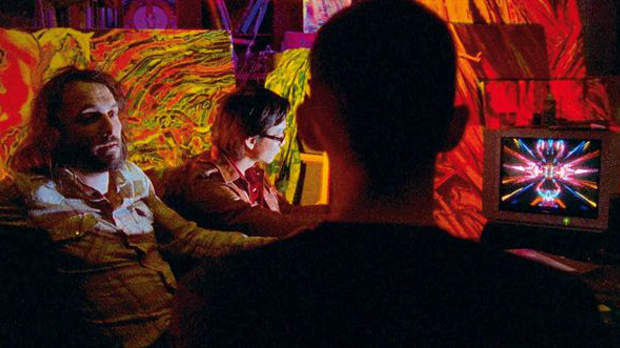It’s a mixed bag. The film is divided into three unequal (in every sense of the word) parts. The first is shot in disorientating POV – camera in first person, introducing us to the main characters and action of the story. The second has the camera hover over the shoulder of the protagonist (in third person, as it were) as we find out the backstory. The third section has the camera floating freely above the heads of the characters – becoming an omniscient narrator exploring the aftershocks of the story rippling out.
The first two parts are quite tightly controlled, with revelations coming thick and fast. However the third gets rather distended and tedious, and towards the end I just wanted Noé to get the film over with. The characters have given up their mysteries. Continuing to meander around them feels a bit surplus to requirements.
Noé says this isn’t a film about getting high, but I’m not sure his preferred interpretation (“the sentimentality of mammals and the shimmering vacuity of the human experience”) offers much to chew over. It may be his most successful film because while Oscar and Linda are both on screen their story is intriguing, and the way a tragic incident in their youth leads them to the dangerous cocktail of sex and drugs in the mean streets of Tokyo is all too relatable. The existential fears driving the film are ultimately less interesting than the impact of the loss of a family, and the desperate desire to find or create one again.


No comments:
Post a Comment